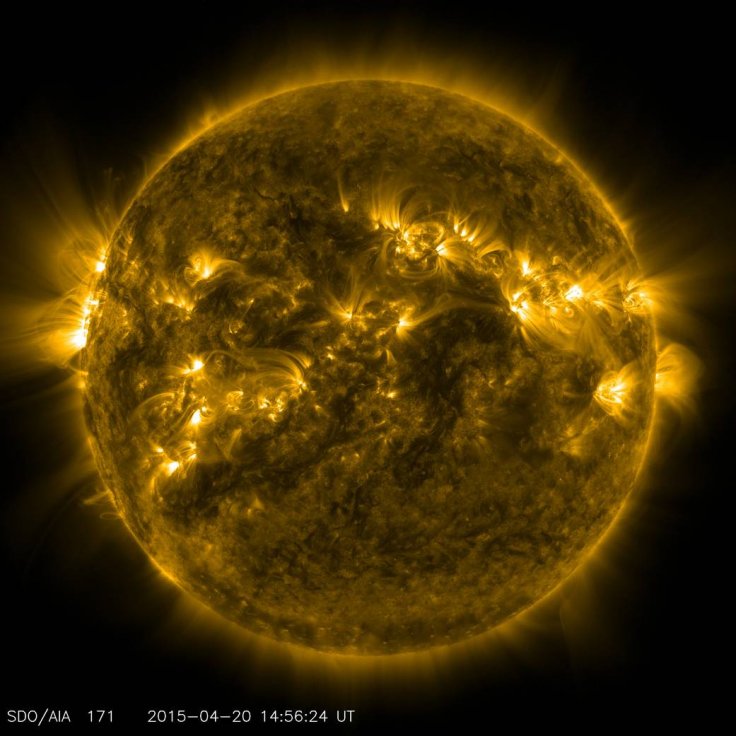A stream of solar winds moving towards Earth could hit the planet on Sunday, May 10, according to the predictions of a space weather forecasting site. The report noted that the solar winds came from a hole in the Sun's atmosphere.
Cosmic weather is a fairly common occurrence due to emissions from the Sun. In most cases, the solar emissions that hit Earth are only minor and do not pose serious threats to power grids and satellite communication services.
Solar Wind Forecast On Earth

In a recent report, SpaceWeather.com confirmed that solar winds emitted by the Sun are currently moving towards Earth's direction. Based on their speed, the stream of solar winds could hit Earth's magnetic field on Sunday. As noted by the space weather forecasting site, there's also a chance that the solar winds will completely miss Earth.
However, if the solar winds end up hitting Earth's magnetic field, their highly-charged particles would most likely affect the planet's atmosphere. Although they most likely won't cause serious electrical issues, the approaching solar winds might create stunning polar light shows known as auroras in the sub-Arctic and Antarctic skies if they hit Earth.
Emissions From Hole In The Sun's Atmosphere

As indicated in the report, the stream of solar winds currently approaching Earth escaped from a hole near the southern region of the Sun's atmosphere, which is known as the corona. Emissions from the Sun often come from holes in its atmosphere. Although the solar winds currently approaching Earth are only minor, the Sun can sometimes emit powerful emissions that can cause geomagnetic storms on Earth.
Effect Of Solar Emissions On Earth
According to the National Weather Service of the National Oceanic and Atmospheric Administration, geomagnetic storms caused by solar flares and coronal mass ejections could disrupt power grips, global positioning systems (GPS) and satellite communications. Astronauts and humans flying in high altitudes could also be affected by powerful solar emissions.
"Solar flares, coronal holes, and coronal mass ejections can emit large bursts of radiation, high-speed electrons and protons, and other highly energetic particles that are released from the sun, and are sometimes directed at Earth," the National Weather Service explained. "These particles and radiation can damage satellites in space, shut down power grids on earth, cause GPS outages, and have serious health concerns to humans flying at high altitudes on earth, as well as astronauts in space."









